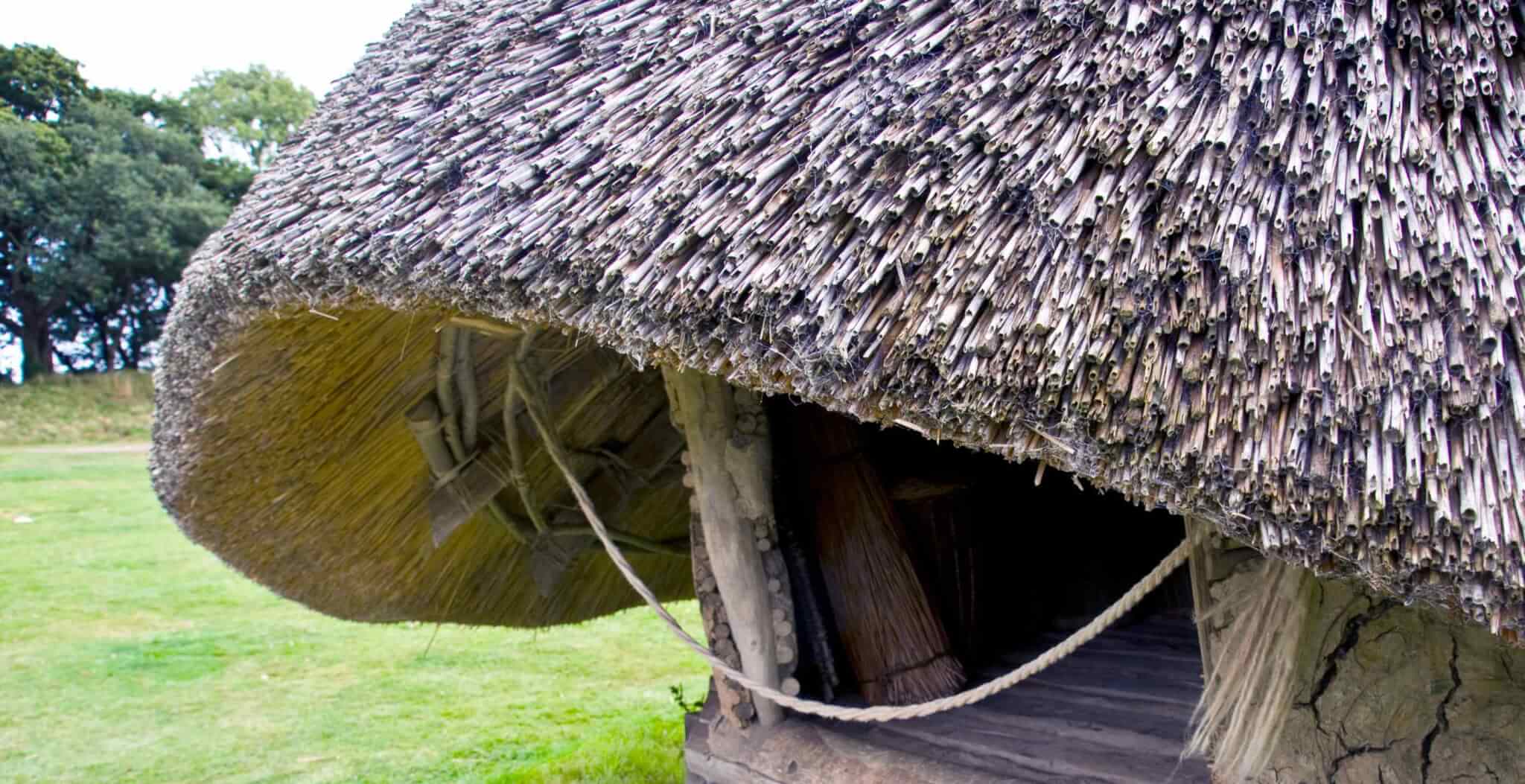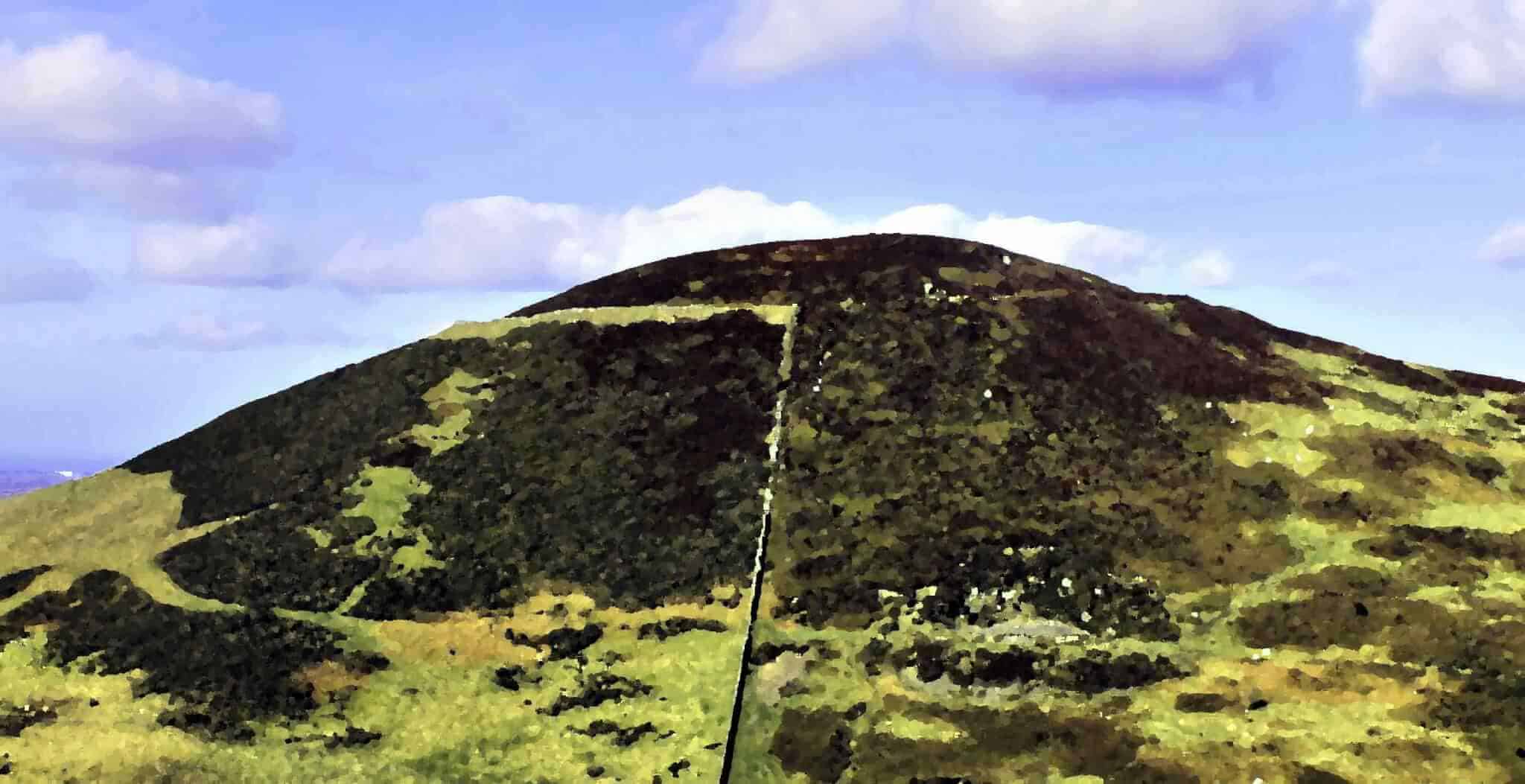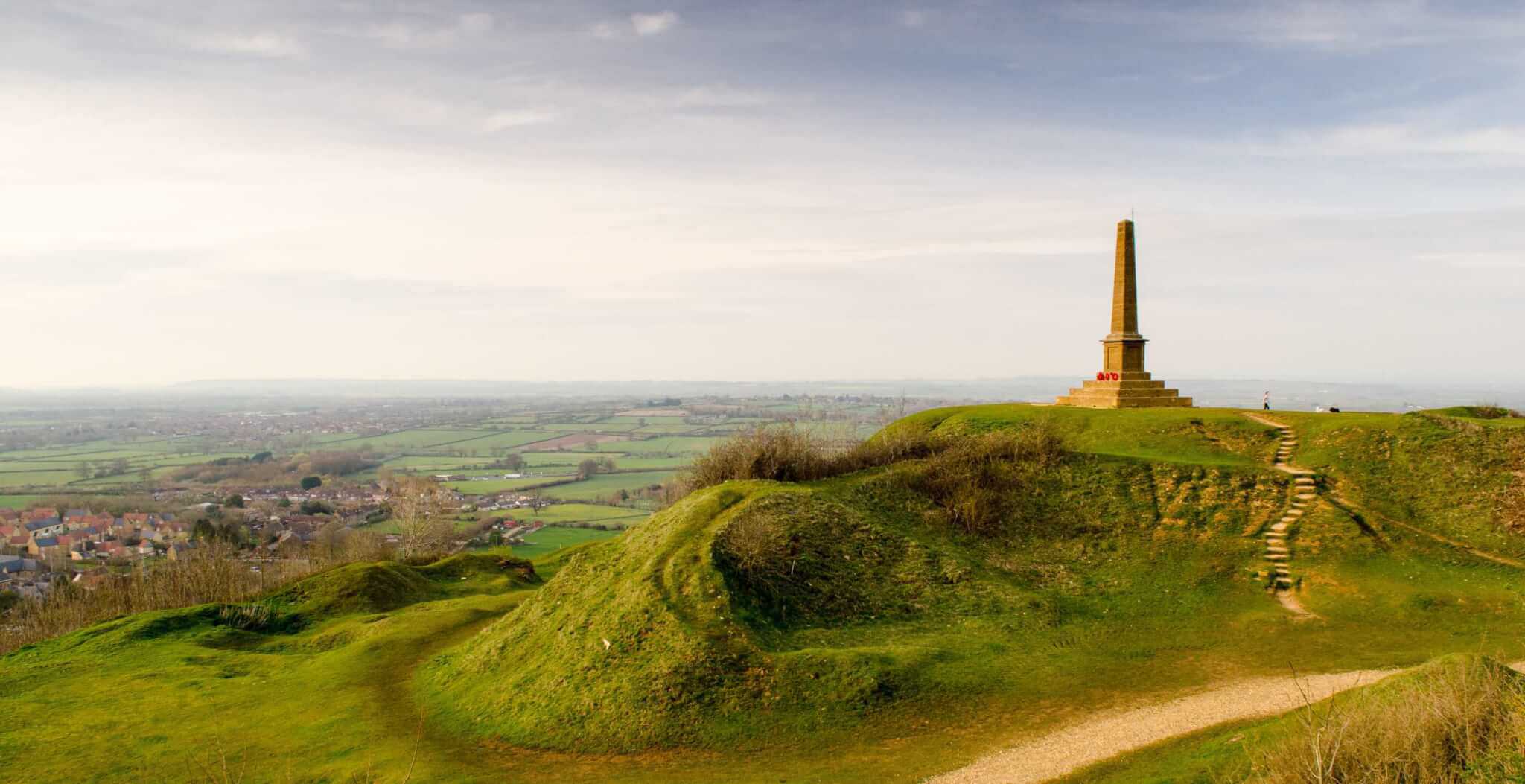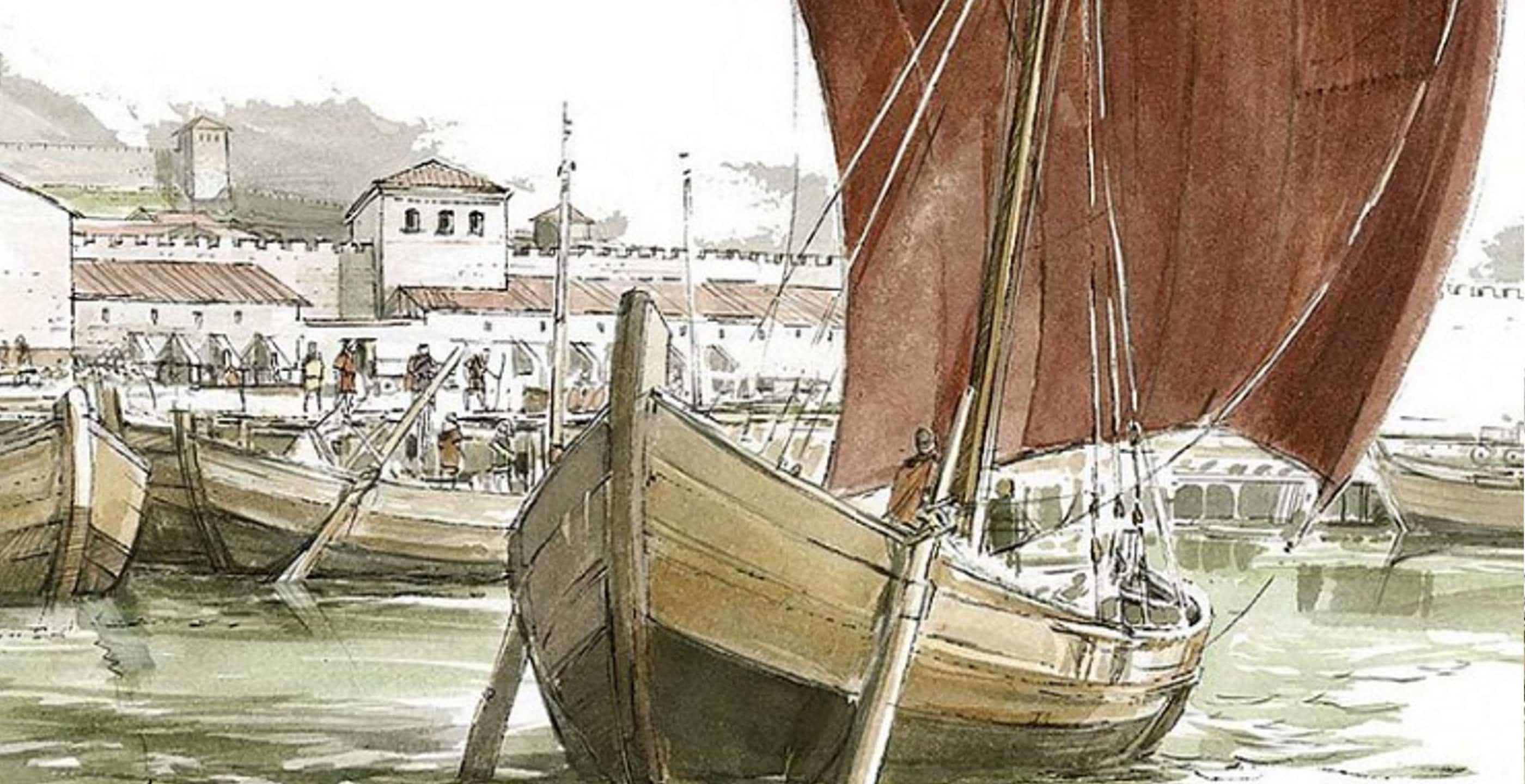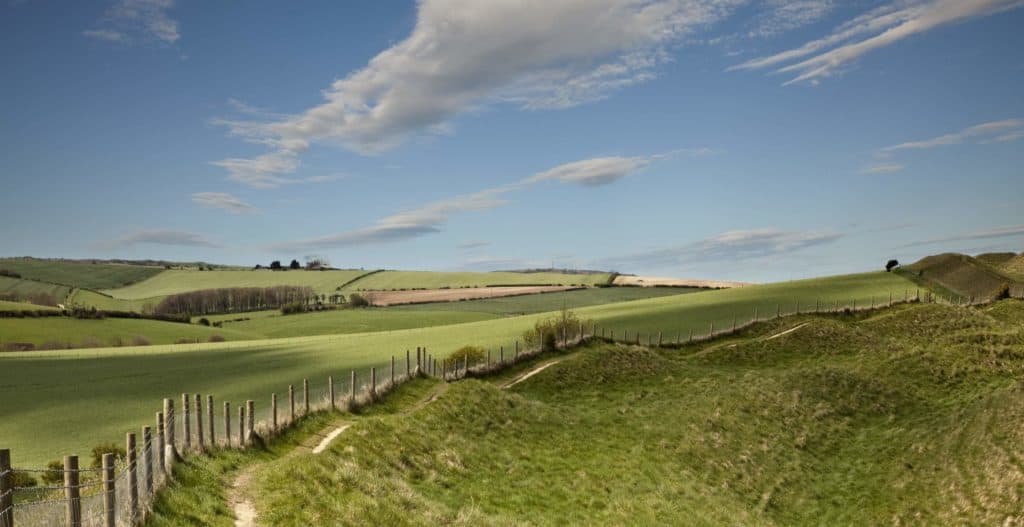Between the quiet suburbs of Oswestry and the bucolic sweep of the Shropshire countryside stands the earthen-fortress of Old Oswestry. One of the most impressive and best-preserved Iron Age hillforts in Britain, this ancient sentinel still commands the borderlands some 2,500 years after it was built.
It was a spring day many years ago when I glanced out the window of my parents’ car and saw something strangely familiar over the Shropshire hedgerows. 12 year-old me had been reading up on the ancient Celts in a battered Pitkin Guide, and then low and behold, there were the distinctive ditches and ramparts of a classic Celtic hillfort, rippling across the landscape like frozen waves.
Young history buff that I was, I exclaimed in excitement, feeling as though I’d made a discovery. My parents, feeling indulgent, took me to visit. This was Old Oswestry, one of the nation’s greatest hillforts. While I can’t quite claim it as a find of my own, this hidden gem of a site has a fascinating story of its own to tell.
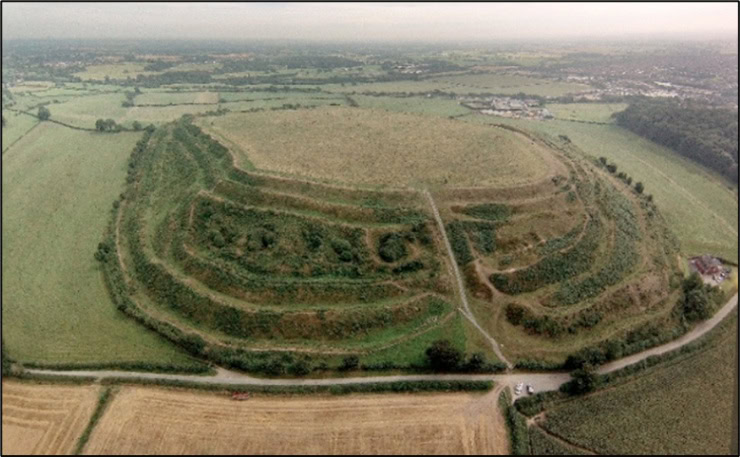
The hillfort is believed to have first been constructed during the Early Iron Age, around 800 BCE. Here, a people whose culture we call ‘Celtic’ carved defensive ditches into a pre-existing hill. Excavations have uncovered pottery, sling stones, and signs of metalworking—hints of a once-bustling settlement. Timber roundhouses would likely have dotted the interior. The summit served as a refuge for people and livestock, as well as (perhaps) a site of ceremony and authority for local leaders. Shards of 7th century BCE pottery have been found there originating from as far away as Wiltshire, suggesting that this was a focal point in an island-wide network. It is possible that traders from afar came here to do business, or that emissaries of distant tribes were courted here to exchange gifts.
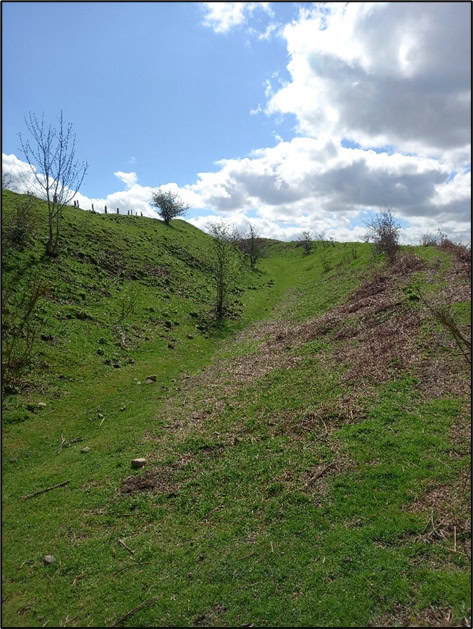
The development of a complex system of trenches and ditches around the slope — up to seven in some places, unusually complex for the time — leaves no doubt: this was a fortress, intended to over-awe and intimidate enemies. The ramparts would almost certainly have been reinforced with wooden walls, sharpened stakes, and other obstacles, promising a gruesome fate for any attackers. It was strengthened over time – the excavations of archaeologist William J. Varley in 1939-40 showed that the defences were not built at the same time, but rather there were four distinct phases in their development throughout the Iron Age, spanning around 800 years. Clearly, Old Oswestry was a site with longevity, considered worth investing in by its owners.
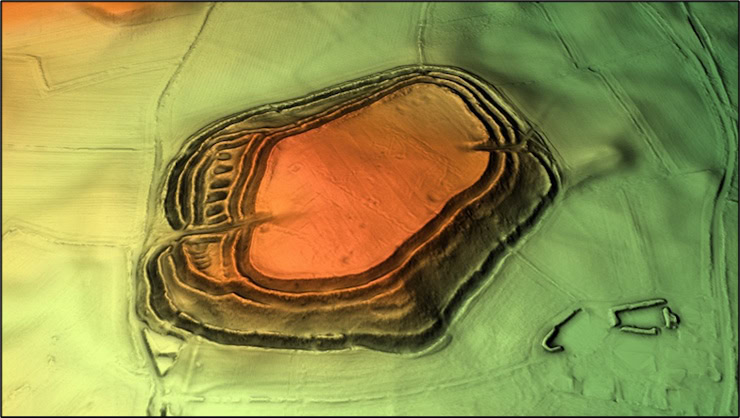
This suggests a site of considerable importance – perhaps the local tribe were markedly wealthy and well organised. ised. If they ruled the fertile plains of modern Cheshire as well as Shropshire, this could explain why. Either way, the site was almost certainly a regional power base, a centre of trade, and a refuge in times of war. It would have loomed large in the imaginations of the generations who lived in its shadow, much as medieval castles would for later peoples.
Who were these people, and who did they understand themselves to be? We can say almost nothing about this until the coming of Rome. In the 1st century CE, the Imperial invaders recorded two tribes in the area: the Cornovii, occupying an area very roughly approximate to Cheshire, Shropshire, and Staffordshire, and the Ordovices, who seem to have dwelled in what would become central Wales. Old Oswestry could have conceivably belonged to either tribe – though how long these tribes had existed, and who had controlled the hillfort at the time, is unknowable. Perhaps it had been a contested site, the scene of many fierce battles over the misty centuries of the Iron Age, much as later border-forts like Berwick-upon-Tweed would experience eras of tit-for-tat constant contest. However, no evidence of significant violence has yet been excavated at the site.
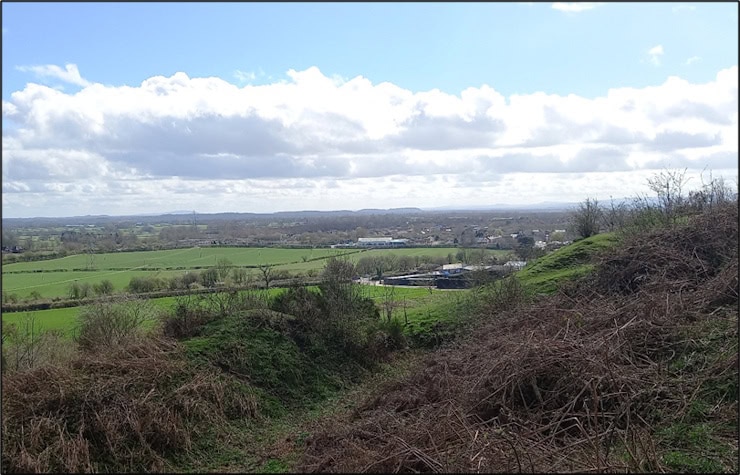
Under Roman rule, the hillfort seems to have fallen out of use. But Rome’s day would come to an end, and in the Dark Ages Old Oswestry found itself near the fault lines of Anglo-Welsh rivalry. Likely forming part of the frontier between the Welsh Kingdom of Powys and Anglo-Saxon Mercia, it would have been well placed to watch over the surrounding plains, monitor movement, and control access through the borderlands. The hillfort was incorporated into Wat’s Dyke, a smaller precursor to Offa’s Dyke, likely built by an otherwise unknown local ruler in the 7th century. Perhaps it once again became the site of sieges and raids, before drifting into disuse as the centuries passed. However, the site’s significance lived on in memory, and later Arthurian legends would name Old Oswestry as the birthplace of Queen Guinevere – though disappointingly, there is no evidence to support this.
But war was not quite done with Old Oswestry. More than a millennium later, during the First World War, the area was used for military training, with training trenches dug into the hillfort’s southern ramparts and explosions blasting earth from the ramparts, forever altering the ancient defences. The great war poet Wilfred Owen, born in Oswestry, completed training at the hill fort when he was stationed at nearby Park Hall. Perhaps he, and some of the other soldiers who trained at Old Oswestry, were descendants of warriors who had fought real battles upon its slopes, millennia before.
Today, Old Oswestry is a scheduled monument, protected and open to the public. The hillfort is easily accessed by road, with free parking near its entry gate. There are information boards and walking trails that wind through the ramparts. It is a short uphill walk to the summit, from where visitors are rewarded with sweeping views across the North Shropshire Plain and west into the Welsh hills. This wide-ranging panoramic, and the sense of connection to those who looked out over it in ages long past, are well worth the effort. It is popular with dog walkers and curious hikers – and perhaps the odd history-enthused child still rushes up its slopes as well.
Whether you’re drawn by archaeology, a sense of history, or just a love of spectacular scenery, Old Oswestry Hillfort offers a rare glimpse into Britain’s ancient past—still watching over the borderlands, as it has for almost 3,000 years.
Mike Edwardson is a professional analyst and writer with an MA in History from The University of Sheffield. Passionate about uncovering the lesser-known stories of British history, Mike combines his analytical skills with a love for storytelling to bring the past to life.
Published: 29th January 2024


